Italy has this magical way of making you feel like you’ve stepped into a postcard, whether you’re wandering through ancient Roman ruins or savoring gelato in a charming piazza. Yet like any destination worth visiting, Italy comes with its own set of unwritten rules and insider knowledge that can make or break your experience. From navigating the coffee culture to understanding train etiquette, help you blend in rather than stand out as an obvious tourist.
Here is a list of 17 Italy travel tips that’ll transform your trip from good to absolutely unforgettable.
Never Order Cappuccino After 11 AM

Italians treat their coffee culture like a sacred ritual — ordering a cappuccino after your morning meal is like wearing white after Labor Day. The locals believe that milk-based drinks interfere with digestion after eating, so they stick to espresso throughout the day. Walk into a café at 3 PM and order a cappuccino, and you’ll get it, though expect some raised eyebrows and maybe a gentle shake of the head. Think of it this way: you wouldn’t order pancakes for dinner, and Italians wouldn’t dream of having cappuccino after lunch.
Validate Your Train Tickets Before Boarding
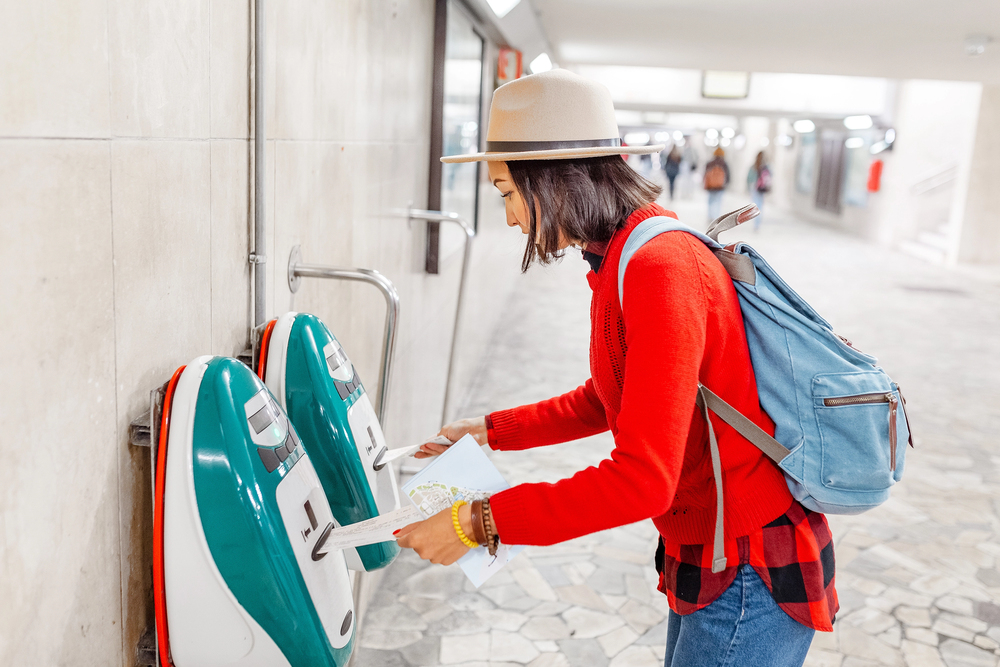
Those little yellow machines scattered around train stations aren’t just decorations — they’re your ticket to avoiding hefty fines. Every train ticket in Italy needs validation before you board, which means sticking it into one of those machines and waiting for the satisfying ‘chunk’ sound and timestamp. Skip this step, and you could face a fine that costs more than your entire day’s budget. The conductors don’t care if you’re a confused tourist; an unvalidated ticket is considered invalid, period.
Dress Appropriately for Churches
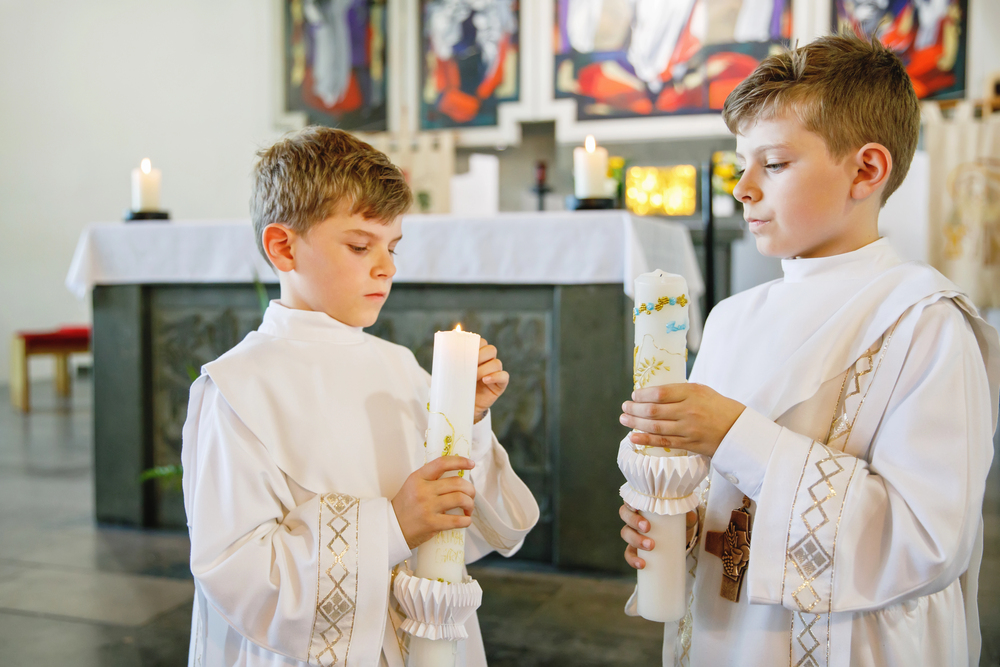
Italy’s stunning churches and cathedrals have dress codes that are strictly enforced, especially in major tourist destinations like Vatican City and the Duomo in Florence. Shoulders and knees must be covered — no tank tops, shorts, or mini skirts. Many churches keep shawls or wraps at the entrance, but don’t count on it. Pack a lightweight scarf or cardigan in your day bag; it’s like having a universal key to Italy’s most beautiful religious sites. The last thing you want is to be turned away from the Sistine Chapel because you’re wearing flip-flops and a sundress.
Eat Gelato the Right Way

Real Italian gelato looks nothing like the towering, artificially bright scoops you see in tourist traps. Authentic gelato has muted, natural colors and is stored in metal containers rather than those plastic display cases. The best gelaterias display their flavors in covered metal tins — the gelato itself sits lower in the container rather than piled high like soft-serve ice cream. When you order, don’t point to the flavors; tell the server what you want, and accept the small plastic spoon they give you rather than asking for a cone right away.
Learn Basic Italian Phrases

Even butchering a few Italian words will earn you more smiles and better service than speaking English right off the bat. ‘Grazie’ (thank you), ‘prego’ (you’re welcome), and ‘scusi’ (excuse me) are like magic words that instantly warm up interactions with locals. Don’t worry about perfect pronunciation — Italians appreciate the effort more than the execution. Think of it like bringing a gift to someone’s house; it’s the thought that counts, not the price tag.
Always Carry Cash

Italy still runs on cash in many places, especially smaller restaurants, markets, and family-owned shops. Credit cards are widely accepted in touristy areas and major cities, yet venture into a neighborhood trattoria or local market, and you’ll need euros in hand. ATMs are everywhere, though they often charge fees — so withdraw larger amounts less frequently. Consider cash your passport to authentic Italian experiences; the places that only accept cash are often the ones serving the most genuine food.
Understand Restaurant Timing
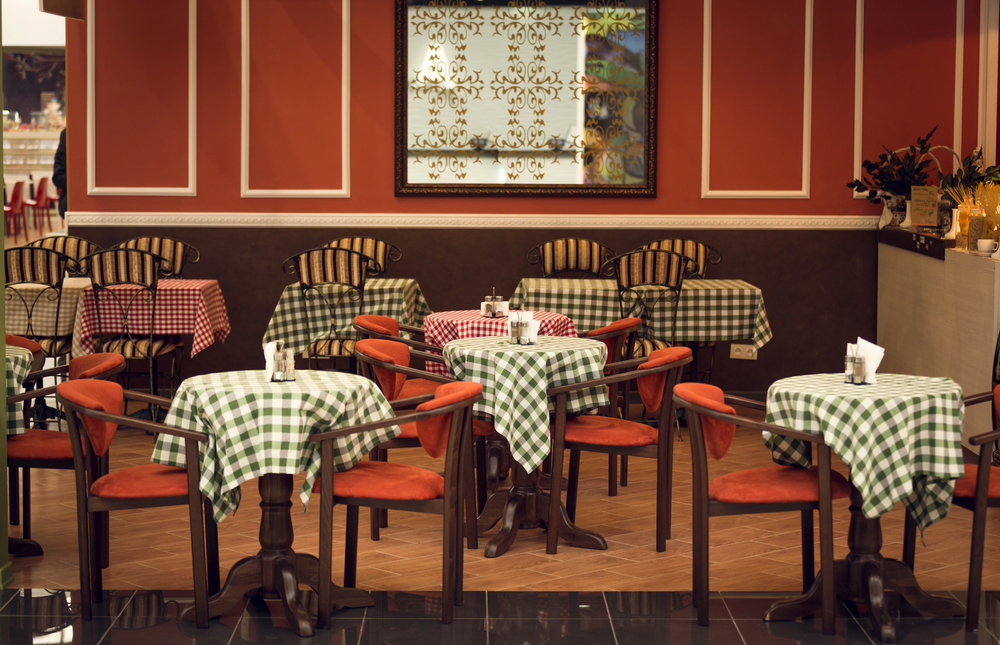
Italian restaurants operate on Italian time — lunch service typically runs from 12:30 PM to 2:30 PM, while dinner doesn’t start until 7:30 PM or later. Show up at 5 PM expecting dinner, and you’ll find locked doors and confused looks. This schedule isn’t just tradition; it’s practical, allowing staff to prepare fresh ingredients and reset between services. Use the afternoon downtime to explore, take a nap, or enjoy an aperitivo. Fighting the schedule is like swimming upstream — going with the flow makes everything smoother.
Skip the Tourist Menu
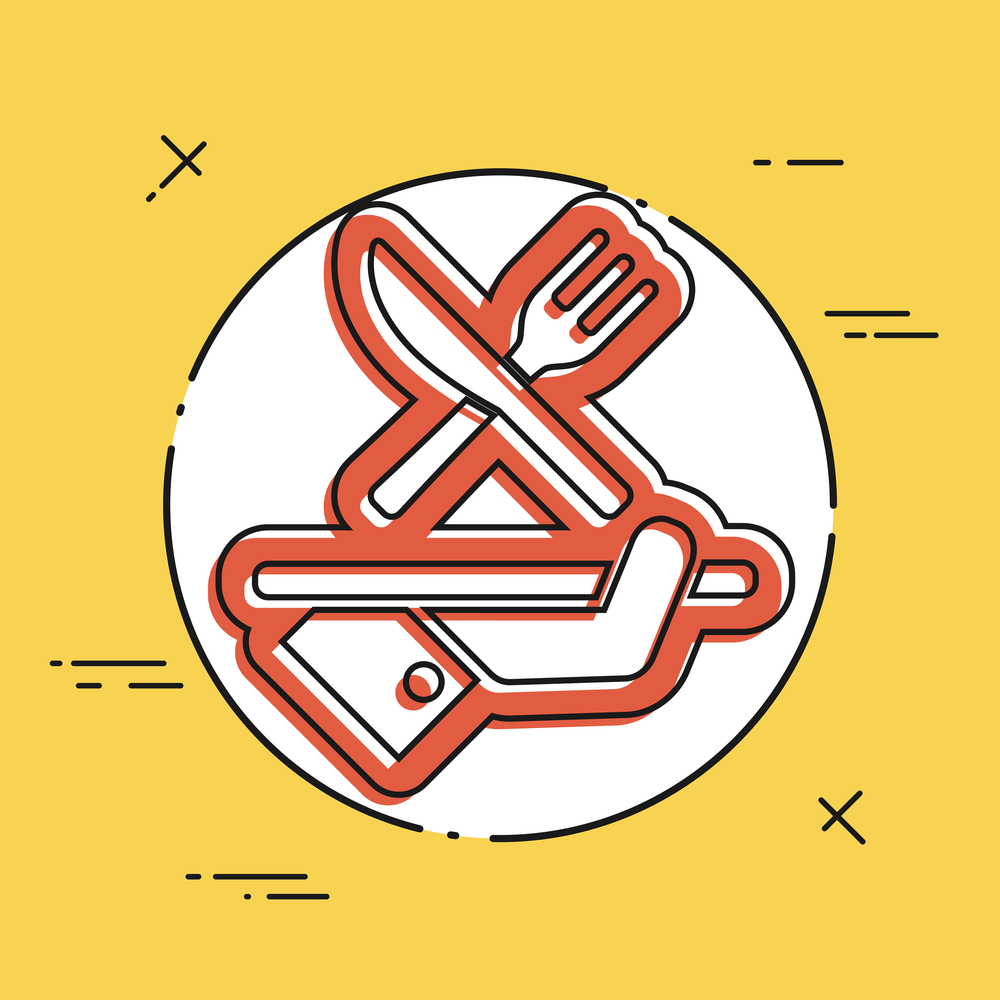
Any restaurant displaying a multilingual menu with pictures outside is probably targeting tourists, not locals. These places often serve mediocre food at inflated prices — banking on the fact that you’ll never return. Instead, look for restaurants where locals are eating, menus are in Italian only, and the daily specials are written on a chalkboard. The best meals often come from places that look unassuming from the outside but pack serious flavor on the plate.
Tip Sparingly and Appropriately

Tipping in Italy works differently than in the United States — it’s appreciated but not expected, and certainly not at the 20% rate Americans are used to. Round up the bill or leave a few euros for exceptional service, though don’t feel obligated to tip every time. Many restaurants include a ‘coperto’ (cover charge) of €1–€3 per person — which covers bread, water, and table service. Think of tipping like seasoning; a little goes a long way, and too much can be overwhelming.
Book Major Attractions in Advance
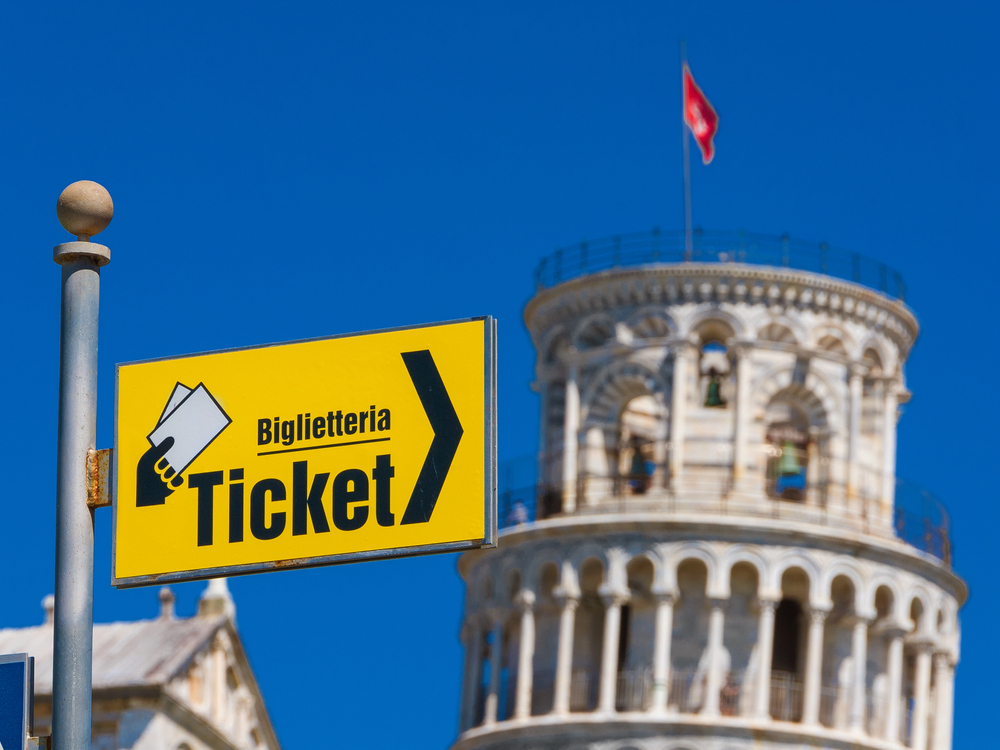
— Photo by Crisfotolux
Popular sites like the Colosseum, Uffizi Gallery, and Leaning Tower of Pisa sell out weeks or even months in advance, especially during peak season. Booking online ahead of time costs a few extra euros but saves hours of waiting in line or — worse — being turned away entirely. These small booking fees are like insurance for your vacation; they guarantee you’ll actually see the things you came to see. Walking up to the Vatican Museums on a Tuesday in July without a reservation is like showing up to a concert without tickets.
Respect the Aperitivo Hour
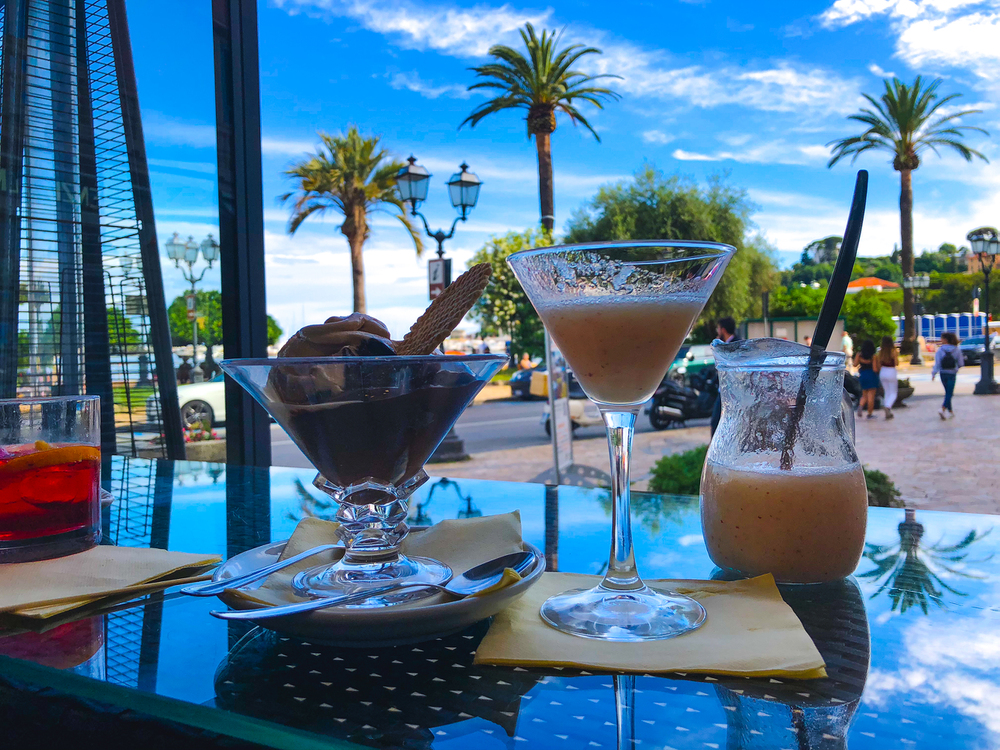
Aperitivo culture is Italy’s answer to happy hour, though it’s more civilized and involves actual food alongside drinks. Between 6 PM and 8 PM, many bars serve complimentary snacks when you order a drink. Think olives, cheese, and small sandwiches. This isn’t dinner; it’s a social ritual that bridges the gap between the workday and evening meal. Order a Spritz or Negroni, grab a small plate of snacks, and enjoy the pre-dinner atmosphere. It’s like a warm-up act before the main event.
Navigate Public Transportation Like a Local
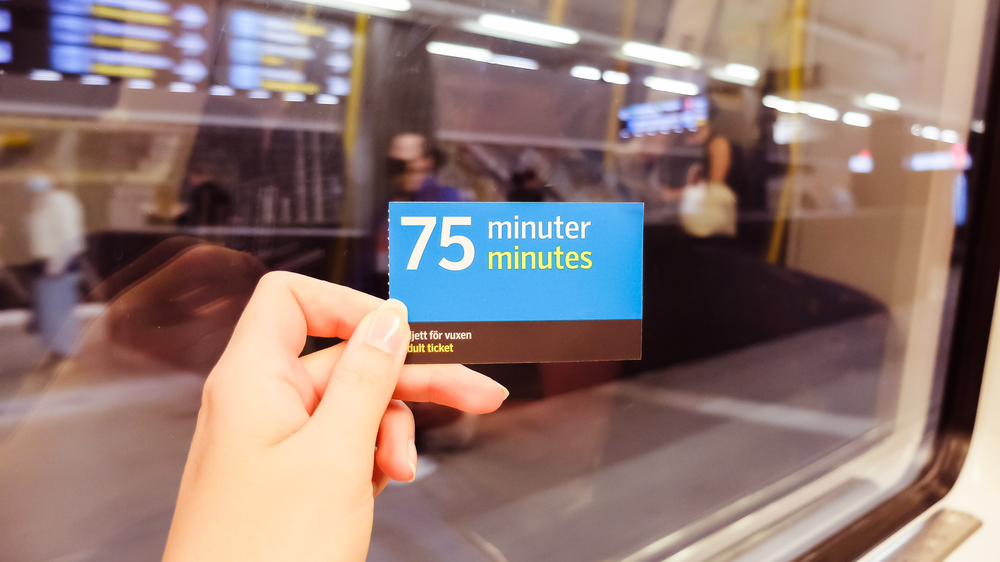
— Photo by sophieost
Italian public transportation works well once you understand the system, yet it can be confusing for newcomers. Buy tickets before boarding buses or metro trains, and always validate them in the machines on board. Day passes often provide better value than individual tickets if you’re planning multiple trips. In cities like Rome and Milan, avoid rush hour when possible. Packed trains and buses aren’t fun for anyone. Think of public transport as a game where knowing the rules makes all the difference between winning and losing.
Pack for Walking
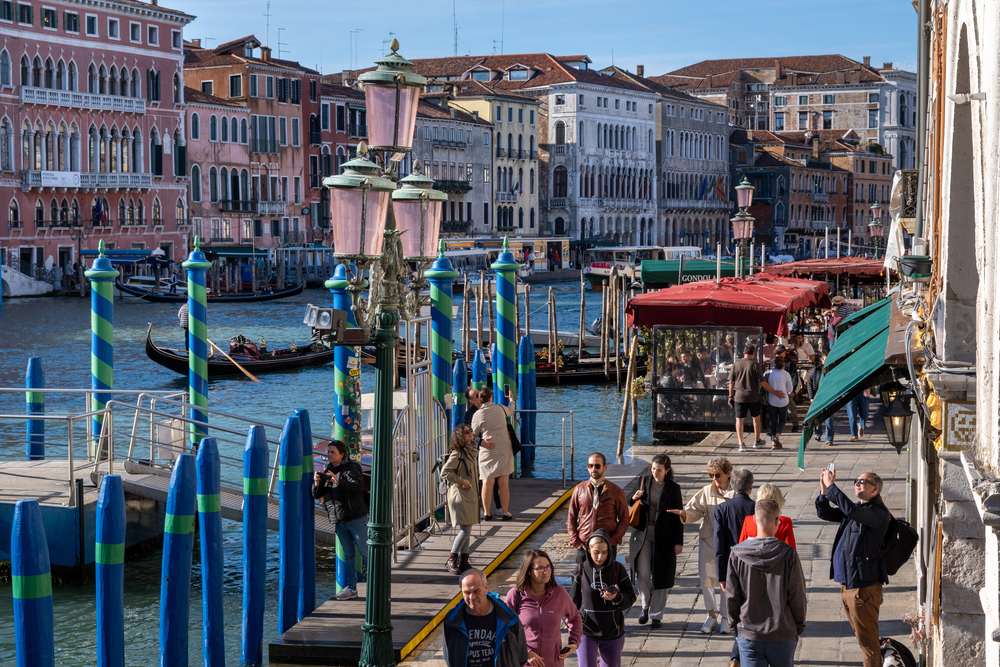
— Photo by marcbruxelle
Italian cities are made for walking, with cobblestone streets, ancient stairs, and pedestrian-only zones that cars can’t navigate. Comfortable walking shoes are essential. Save the stilettos for dinner. Many historic city centers restrict car access, so you’ll be doing more walking than you might expect. Those picturesque cobblestone streets are beautiful in photos, but brutal on feet in uncomfortable shoes. Consider your footwear as important as your passport. You literally can’t go anywhere without proper shoes.
Learn the Art of Slow Travel
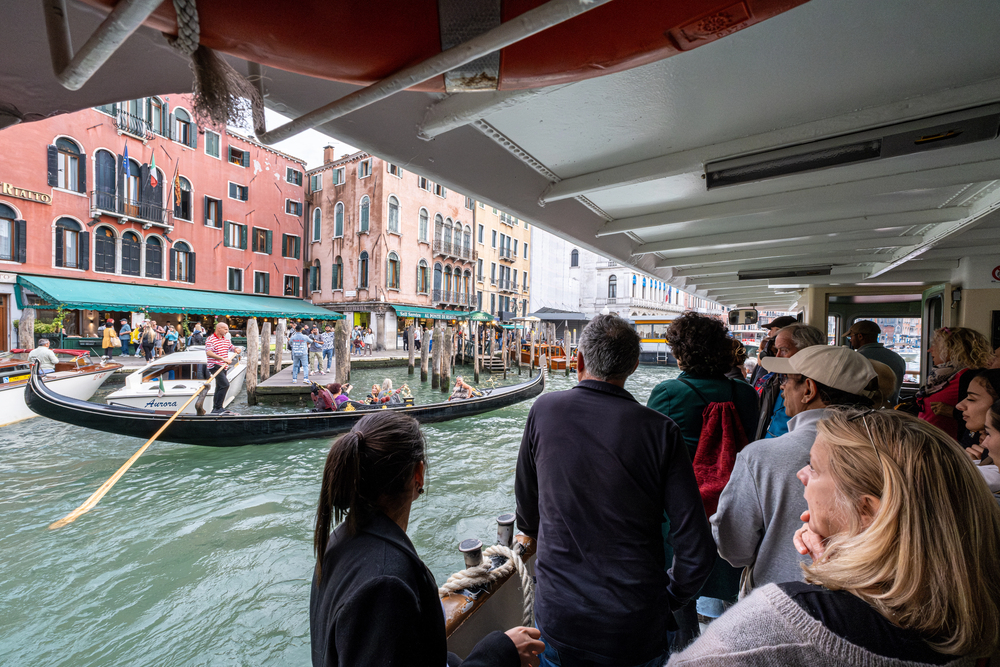
— Photo by marcbruxelle
Italy rewards travelers who take their time rather than racing through a checklist of attractions. Spending three days in one city beats rushing through five cities in the same timeframe. This approach lets you discover neighborhood gems, develop routines like morning coffee at a local bar, and actually relax. Think of travel like wine tasting. You appreciate the subtle flavors more when you savor rather than gulp. The best Italian experiences often happen when you least expect them.
Understand Regional Differences
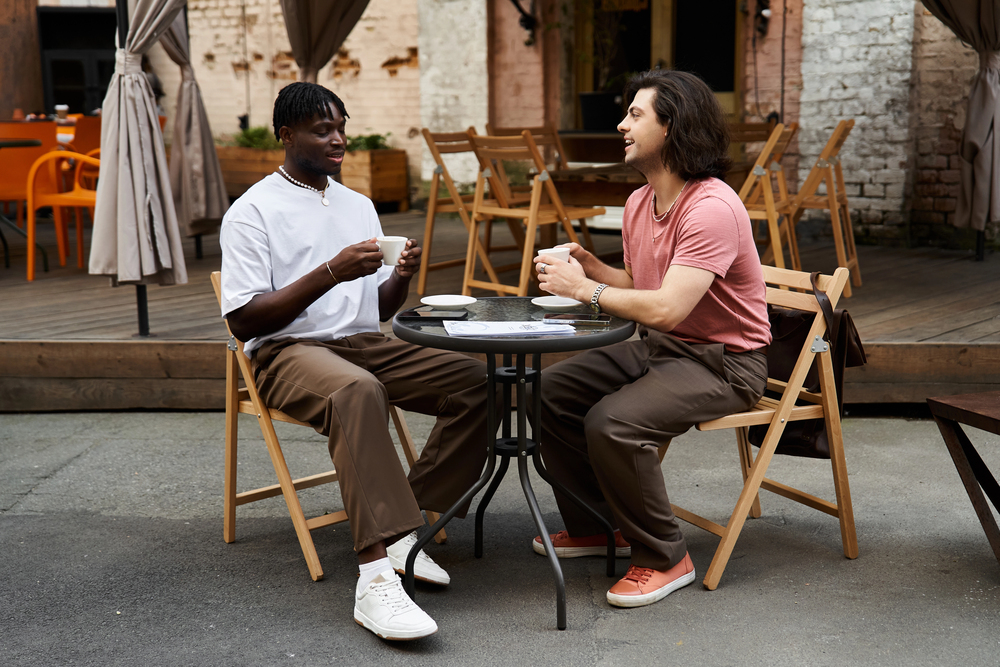
Italy is a collection of distinct regions, each with its own dialect, cuisine, and customs. What works in Rome might not apply in Venice, while Milanese attitudes differ from those in Naples. Northern Italy tends to be more formal and punctual, whereas the south is more relaxed and relationship-focused. Regional specialties are a source of pride. Don’t order carbonara in Sicily or expect the same pizza in Naples and Milan. It’s like visiting different countries within one nation; each region has its own personality and preferences.
Shop Smart at Markets

Italian markets offer some of the best deals on fresh produce, local specialties, and authentic souvenirs, though they operate on unwritten rules. Vendors often don’t appreciate customers handling the merchandise, especially fresh fruits and vegetables. Point to what you want or let them select items for you. Market shopping is like a dance. Once you learn the steps, it becomes enjoyable rather than stressful. The best deals often come from building relationships with vendors rather than trying to haggle aggressively.
Embrace the Siesta Culture
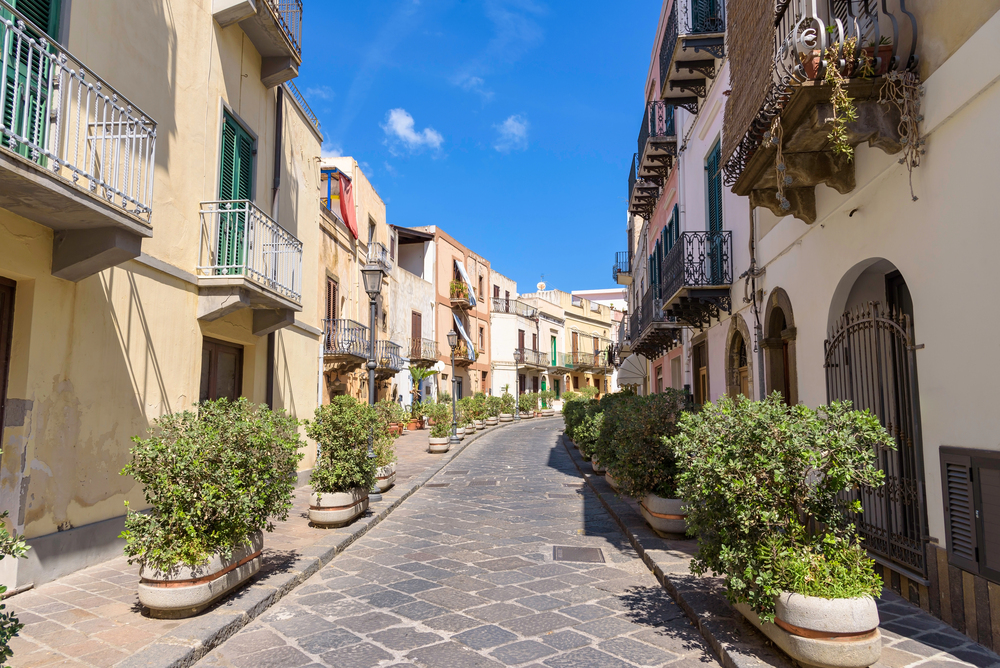
Many shops and businesses close for a few hours in the afternoon, typically between 1 PM and 4 PM. This isn’t laziness. It’s a practical response to hot afternoons and a way to extend the evening social hours. Plan your shopping and errands for morning or late afternoon when everything reopens. Use siesta time to rest, explore parks, or enjoy a leisurely lunch. Fighting this schedule is exhausting; embracing it makes your trip more relaxing and authentically Italian.
Why These Tips Matter More Than Ever
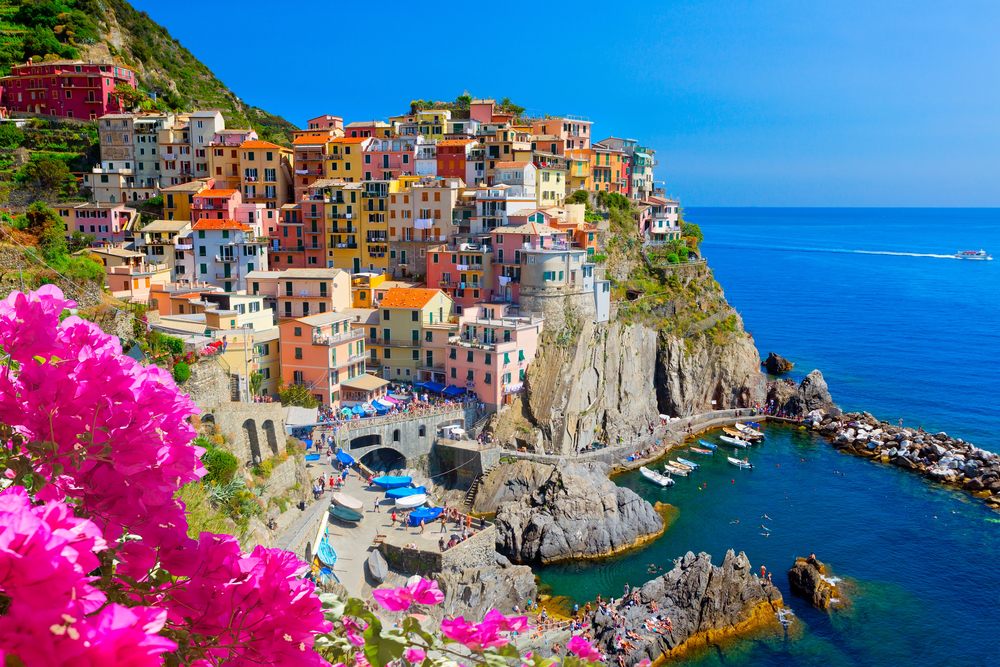
Italy continues to evolve as a travel destination, balancing its rich traditions with modern tourism demands. The country that gave the world the Renaissance, incredible cuisine, and timeless art still operates on principles of respect, quality, and taking time to appreciate life’s pleasures. Understanding these cultural nuances helps preserve what makes Italy special while ensuring your visit contributes positively to local communities. The travelers who embrace Italian customs rather than expecting Italy to adapt to them always come away with richer experiences and fonder memories.
More from Travel Pug

- 20 Best Beach Towns in the Carolinas
- 13 Destinations Where Tourists Regularly Regret Their Trip
- 20 Things You Actually Get in First Class
- 20 Small Airports With Aviation Museums
- 20 Places in the U.S. That Are Perfect for a Reset Trip
Like Travel Pug’s content? Follow us on MSN.
